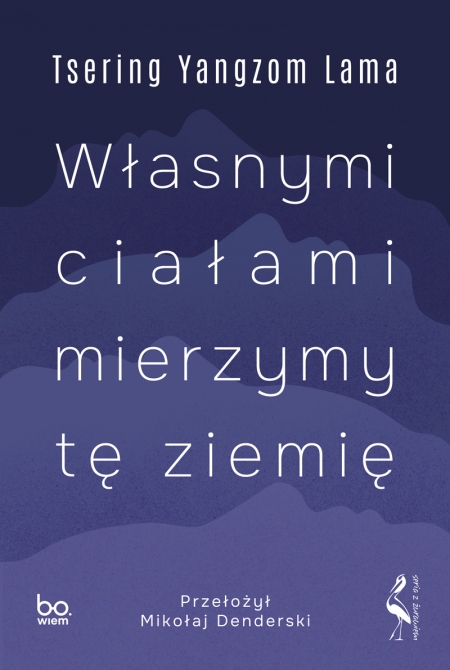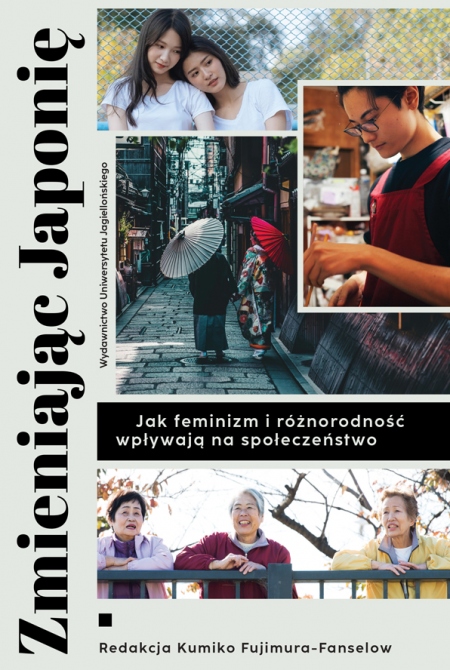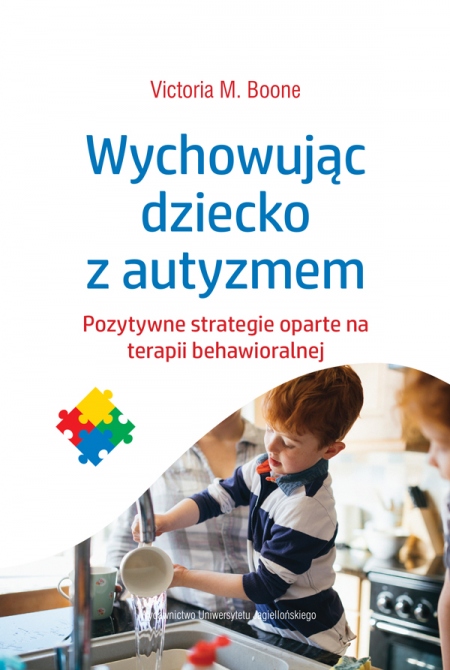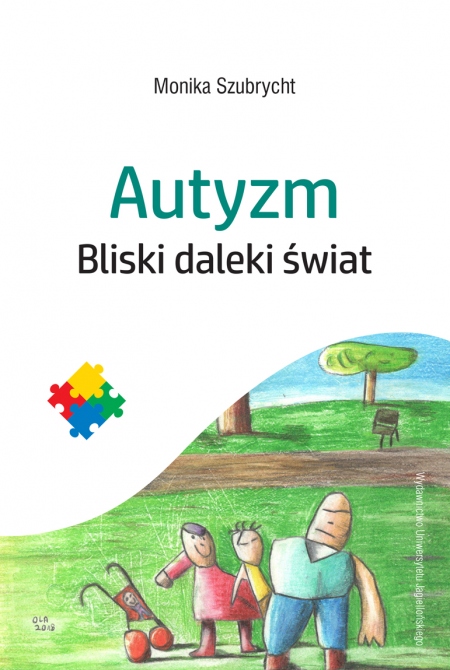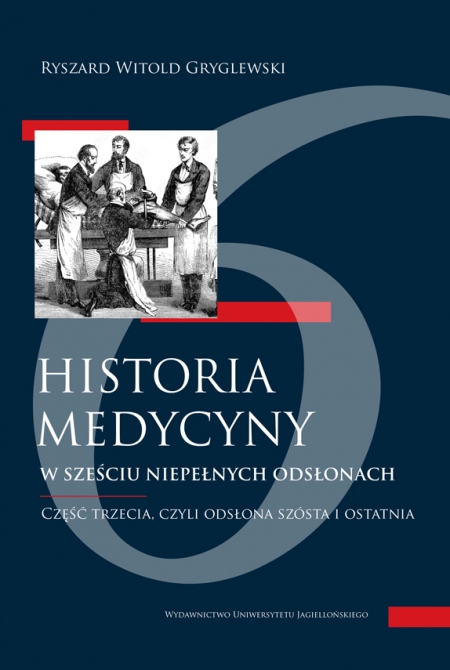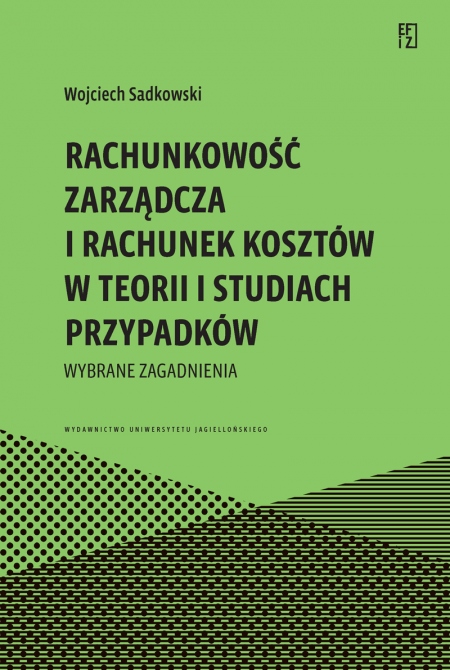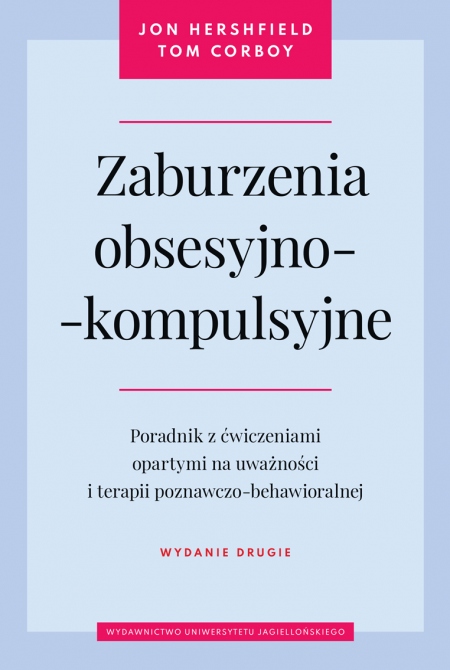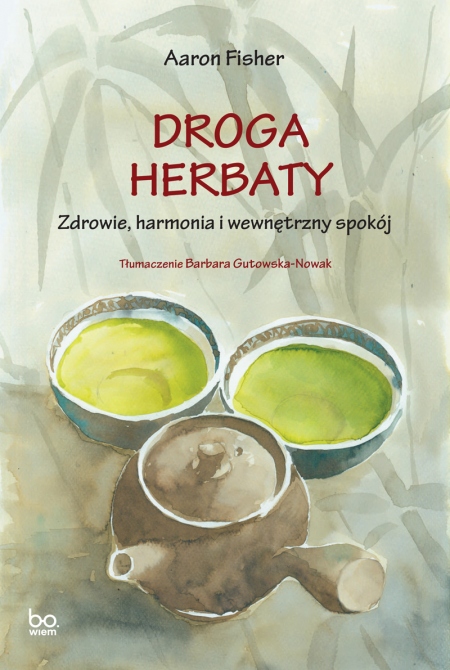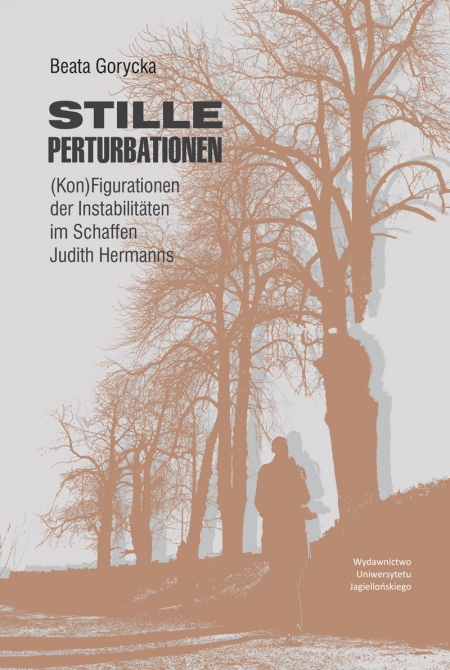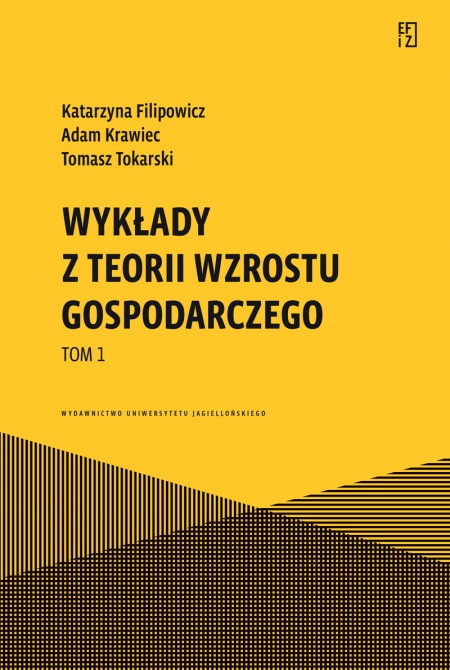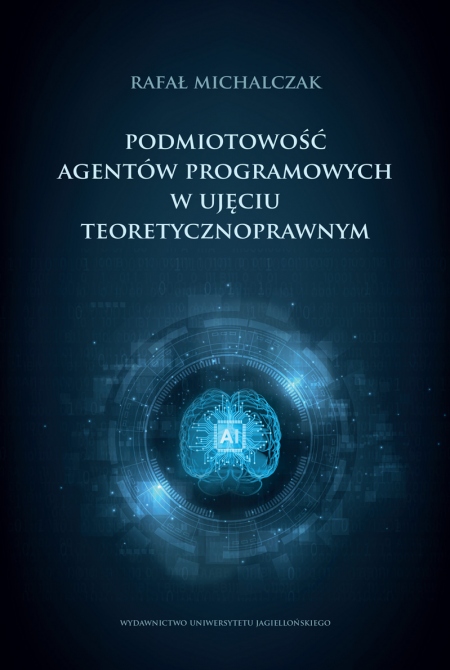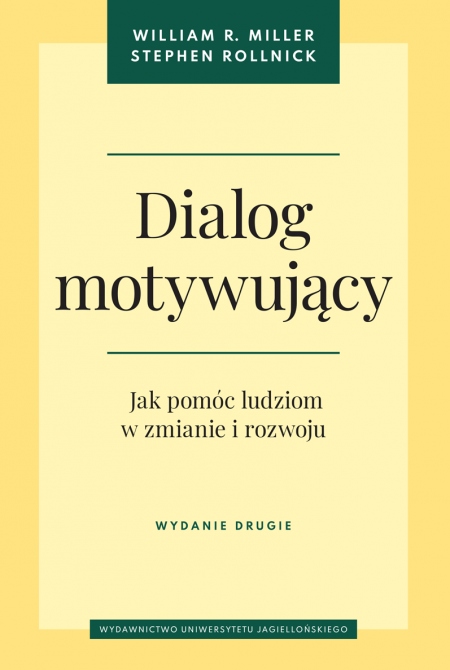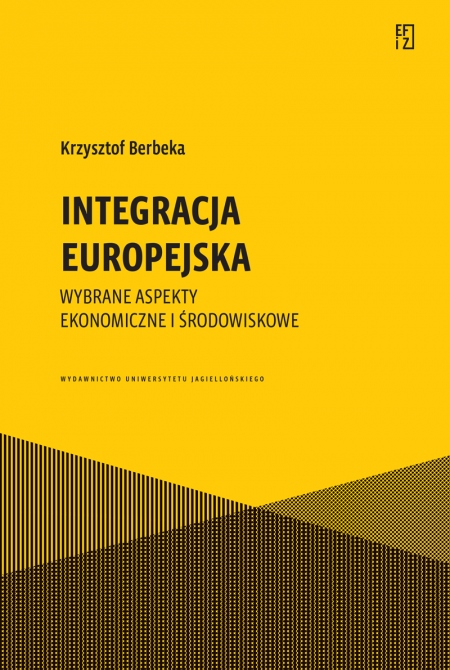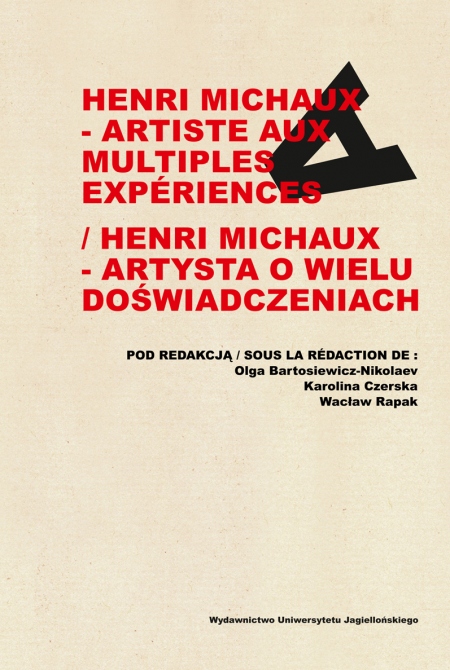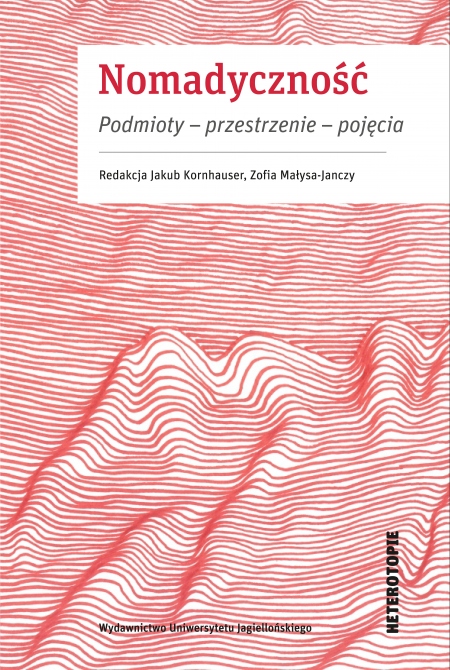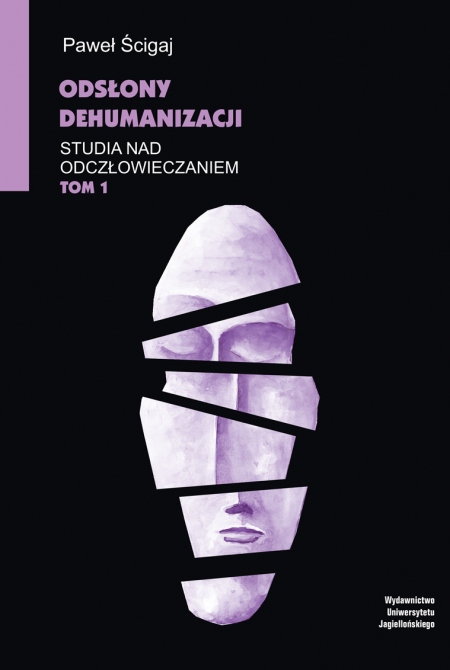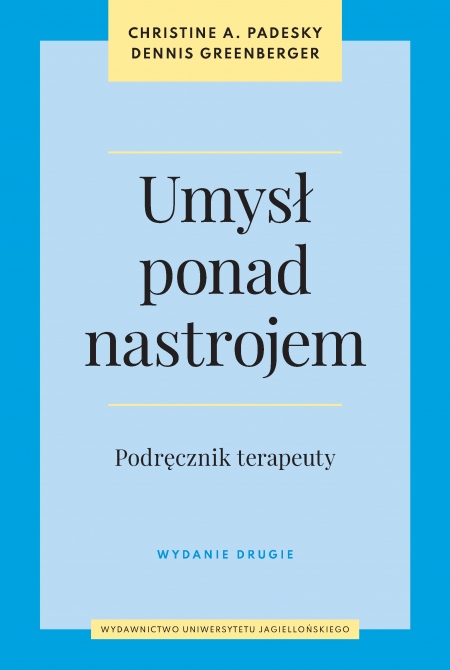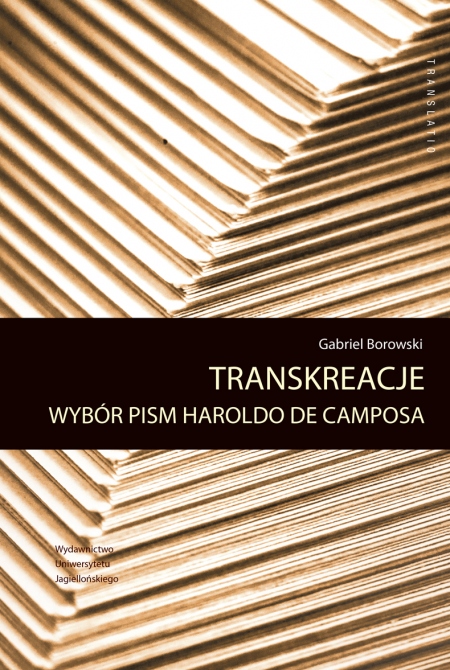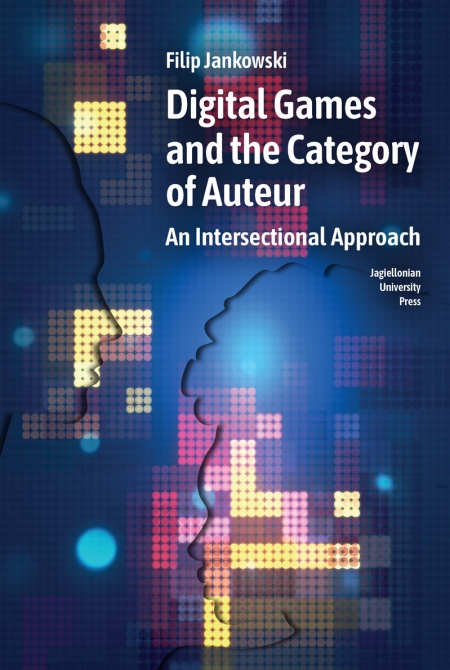Opis książki
The manual presents the guide-like introduction to statistical techniques particulary oriented on medicine. The exercises present in the book make possible the self-education based on the international program SAS. I strongly support the distribution of this book among all medical libraries as well as all libraries of the natural science institutions.
Reviewer prof. Andrzej, Les Warsaw University
Język publikacji
Angielski/English
Autorzy
Irena Roterman-Konieczna
ISBN: 978-83-233-2741-7
e-ISBN (pdf): 978-83-233-8256-0
Kraj pochodzenia producenta: Polska
POLECANE KSIĄŻKI
NOWOŚCI
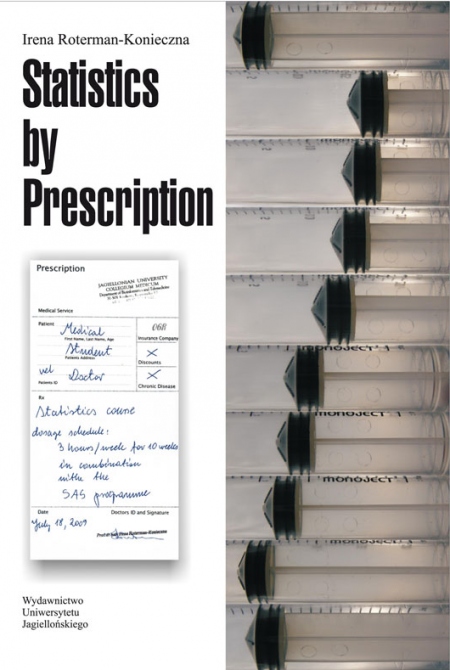
Statistics by Prescription
SPIS TREŚCI
Contents
INTRODUCTION 7
STEP 1 – Descriptive statistics 9
What we can learn about the patients?
How to find an answer to the question:
Is it possible to avoid urolithiasis?
STEP 1 – exercise – Preliminary data analysis 28
STEP 2 – We analyse the distribution of the measurable variable 33
What type of distribution is presented by the clinical measurable variables?
Why is finding the distribution type of the measurable feature essential?
Is the female patients’ age distribution comparable to the male patients’ age distribution?
STEP 2 – exercise – Data analysis 52
STEP 3 – The χ2 (chi-square) test of the goodness of fit 64
Is the women’s age distribution (in the group of people with the urinary tract nephrolithiasis) a normal distribution?
Is the men’s age distribution (in the group of people with the urinary tract nephrolithiasis) a normal distribution?
STEP 3 – exercise – Checking the type of distribution 76
STEP 4 – T-test and F-test 96
How to estimate the differences between groups of patients?
Do the patients, in whom the urinary tract infection was found, differ with their bodily temperature from those, in whom the bacteria were not found?
Is the bodily temperature really different for the group with the haematuria found in relation to the group without haematuria?
STEP 4 – exercise – F-test and T-test 113
STEP 5 – ANOVA test 121
How to compare more than two groups?
Do the patients with different stone localization differ with the body temperature?
Is the urine pH in patients with different chemical stone composition different?
STEP 5 – exercise – ANOVA test 128
STEP 6 – Correlation and regression 144
Are any variables mutually dependent?
Is there any relationship between the urine pH and the urine density?
Can we predict the probable stone composition on the basis of the known value of urine pH and its unit weight?
STEP 6 – exercise – Correlation and regression 158
STEP 7 – The Pearson’s χ2 (chi-square) test (The χ2 independence test) 166
Is there any relation between qualitative variables?
Does the sort of diet composition influence the chemical compounds present in the stone?
Does the accompanying illness influence the stone composition?
STEP 7 – exercise – χ2 (chi-square) test of independence 172
STEP 8 – Nonparametric tests (distribution-free tests) 183
How about the data not representing the normal distribution?
Does the age of female patients with nephrolithiasis urinary tract nephrolithiasis differ from the age of male patients with the same illness?
Is the urine pH in the patients with bacteriuria different in relation to the patients without the urinary tract infection?
Does the urine pH really specifically differ in groups created according to the stone localization?
Does the stone localization determine the patient’s body temperature?
Is the patient’s age really different for the groups with a different accompanying illness?
STEP 8 – exercise – Nonparametric tests (distribution free tests) 193
STEP 9 – Comprehensive analysis 197
Do we know already the method to prevent nephrolithiasis?
STEP 9 – exercise – Comprehensive analysis 217
STEP 10 – Survival analysis 229
Is it possible to make prognosis?
When can we expect the crystalline deposit re-appearance after its removal?
STEP 10 – exercise – Survival analysis 234
Recapitulation 240
Afterword 242
Supplementary tables 243
Vocabulary 247
Index 260
INTRODUCTION 7
STEP 1 – Descriptive statistics 9
What we can learn about the patients?
How to find an answer to the question:
Is it possible to avoid urolithiasis?
STEP 1 – exercise – Preliminary data analysis 28
STEP 2 – We analyse the distribution of the measurable variable 33
What type of distribution is presented by the clinical measurable variables?
Why is finding the distribution type of the measurable feature essential?
Is the female patients’ age distribution comparable to the male patients’ age distribution?
STEP 2 – exercise – Data analysis 52
STEP 3 – The χ2 (chi-square) test of the goodness of fit 64
Is the women’s age distribution (in the group of people with the urinary tract nephrolithiasis) a normal distribution?
Is the men’s age distribution (in the group of people with the urinary tract nephrolithiasis) a normal distribution?
STEP 3 – exercise – Checking the type of distribution 76
STEP 4 – T-test and F-test 96
How to estimate the differences between groups of patients?
Do the patients, in whom the urinary tract infection was found, differ with their bodily temperature from those, in whom the bacteria were not found?
Is the bodily temperature really different for the group with the haematuria found in relation to the group without haematuria?
STEP 4 – exercise – F-test and T-test 113
STEP 5 – ANOVA test 121
How to compare more than two groups?
Do the patients with different stone localization differ with the body temperature?
Is the urine pH in patients with different chemical stone composition different?
STEP 5 – exercise – ANOVA test 128
STEP 6 – Correlation and regression 144
Are any variables mutually dependent?
Is there any relationship between the urine pH and the urine density?
Can we predict the probable stone composition on the basis of the known value of urine pH and its unit weight?
STEP 6 – exercise – Correlation and regression 158
STEP 7 – The Pearson’s χ2 (chi-square) test (The χ2 independence test) 166
Is there any relation between qualitative variables?
Does the sort of diet composition influence the chemical compounds present in the stone?
Does the accompanying illness influence the stone composition?
STEP 7 – exercise – χ2 (chi-square) test of independence 172
STEP 8 – Nonparametric tests (distribution-free tests) 183
How about the data not representing the normal distribution?
Does the age of female patients with nephrolithiasis urinary tract nephrolithiasis differ from the age of male patients with the same illness?
Is the urine pH in the patients with bacteriuria different in relation to the patients without the urinary tract infection?
Does the urine pH really specifically differ in groups created according to the stone localization?
Does the stone localization determine the patient’s body temperature?
Is the patient’s age really different for the groups with a different accompanying illness?
STEP 8 – exercise – Nonparametric tests (distribution free tests) 193
STEP 9 – Comprehensive analysis 197
Do we know already the method to prevent nephrolithiasis?
STEP 9 – exercise – Comprehensive analysis 217
STEP 10 – Survival analysis 229
Is it possible to make prognosis?
When can we expect the crystalline deposit re-appearance after its removal?
STEP 10 – exercise – Survival analysis 234
Recapitulation 240
Afterword 242
Supplementary tables 243
Vocabulary 247
Index 260
Statistics by Prescription
SPIS TREŚCI
Contents
INTRODUCTION 7
STEP 1 – Descriptive statistics 9
What we can learn about the patients?
How to find an answer to the question:
Is it possible to avoid urolithiasis?
STEP 1 – exercise – Preliminary data analysis 28
STEP 2 – We analyse the distribution of the measurable variable 33
What type of distribution is presented by the clinical measurable variables?
Why is finding the distribution type of the measurable feature essential?
Is the female patients’ age distribution comparable to the male patients’ age distribution?
STEP 2 – exercise – Data analysis 52
STEP 3 – The χ2 (chi-square) test of the goodness of fit 64
Is the women’s age distribution (in the group of people with the urinary tract nephrolithiasis) a normal distribution?
Is the men’s age distribution (in the group of people with the urinary tract nephrolithiasis) a normal distribution?
STEP 3 – exercise – Checking the type of distribution 76
STEP 4 – T-test and F-test 96
How to estimate the differences between groups of patients?
Do the patients, in whom the urinary tract infection was found, differ with their bodily temperature from those, in whom the bacteria were not found?
Is the bodily temperature really different for the group with the haematuria found in relation to the group without haematuria?
STEP 4 – exercise – F-test and T-test 113
STEP 5 – ANOVA test 121
How to compare more than two groups?
Do the patients with different stone localization differ with the body temperature?
Is the urine pH in patients with different chemical stone composition different?
STEP 5 – exercise – ANOVA test 128
STEP 6 – Correlation and regression 144
Are any variables mutually dependent?
Is there any relationship between the urine pH and the urine density?
Can we predict the probable stone composition on the basis of the known value of urine pH and its unit weight?
STEP 6 – exercise – Correlation and regression 158
STEP 7 – The Pearson’s χ2 (chi-square) test (The χ2 independence test) 166
Is there any relation between qualitative variables?
Does the sort of diet composition influence the chemical compounds present in the stone?
Does the accompanying illness influence the stone composition?
STEP 7 – exercise – χ2 (chi-square) test of independence 172
STEP 8 – Nonparametric tests (distribution-free tests) 183
How about the data not representing the normal distribution?
Does the age of female patients with nephrolithiasis urinary tract nephrolithiasis differ from the age of male patients with the same illness?
Is the urine pH in the patients with bacteriuria different in relation to the patients without the urinary tract infection?
Does the urine pH really specifically differ in groups created according to the stone localization?
Does the stone localization determine the patient’s body temperature?
Is the patient’s age really different for the groups with a different accompanying illness?
STEP 8 – exercise – Nonparametric tests (distribution free tests) 193
STEP 9 – Comprehensive analysis 197
Do we know already the method to prevent nephrolithiasis?
STEP 9 – exercise – Comprehensive analysis 217
STEP 10 – Survival analysis 229
Is it possible to make prognosis?
When can we expect the crystalline deposit re-appearance after its removal?
STEP 10 – exercise – Survival analysis 234
Recapitulation 240
Afterword 242
Supplementary tables 243
Vocabulary 247
Index 260
INTRODUCTION 7
STEP 1 – Descriptive statistics 9
What we can learn about the patients?
How to find an answer to the question:
Is it possible to avoid urolithiasis?
STEP 1 – exercise – Preliminary data analysis 28
STEP 2 – We analyse the distribution of the measurable variable 33
What type of distribution is presented by the clinical measurable variables?
Why is finding the distribution type of the measurable feature essential?
Is the female patients’ age distribution comparable to the male patients’ age distribution?
STEP 2 – exercise – Data analysis 52
STEP 3 – The χ2 (chi-square) test of the goodness of fit 64
Is the women’s age distribution (in the group of people with the urinary tract nephrolithiasis) a normal distribution?
Is the men’s age distribution (in the group of people with the urinary tract nephrolithiasis) a normal distribution?
STEP 3 – exercise – Checking the type of distribution 76
STEP 4 – T-test and F-test 96
How to estimate the differences between groups of patients?
Do the patients, in whom the urinary tract infection was found, differ with their bodily temperature from those, in whom the bacteria were not found?
Is the bodily temperature really different for the group with the haematuria found in relation to the group without haematuria?
STEP 4 – exercise – F-test and T-test 113
STEP 5 – ANOVA test 121
How to compare more than two groups?
Do the patients with different stone localization differ with the body temperature?
Is the urine pH in patients with different chemical stone composition different?
STEP 5 – exercise – ANOVA test 128
STEP 6 – Correlation and regression 144
Are any variables mutually dependent?
Is there any relationship between the urine pH and the urine density?
Can we predict the probable stone composition on the basis of the known value of urine pH and its unit weight?
STEP 6 – exercise – Correlation and regression 158
STEP 7 – The Pearson’s χ2 (chi-square) test (The χ2 independence test) 166
Is there any relation between qualitative variables?
Does the sort of diet composition influence the chemical compounds present in the stone?
Does the accompanying illness influence the stone composition?
STEP 7 – exercise – χ2 (chi-square) test of independence 172
STEP 8 – Nonparametric tests (distribution-free tests) 183
How about the data not representing the normal distribution?
Does the age of female patients with nephrolithiasis urinary tract nephrolithiasis differ from the age of male patients with the same illness?
Is the urine pH in the patients with bacteriuria different in relation to the patients without the urinary tract infection?
Does the urine pH really specifically differ in groups created according to the stone localization?
Does the stone localization determine the patient’s body temperature?
Is the patient’s age really different for the groups with a different accompanying illness?
STEP 8 – exercise – Nonparametric tests (distribution free tests) 193
STEP 9 – Comprehensive analysis 197
Do we know already the method to prevent nephrolithiasis?
STEP 9 – exercise – Comprehensive analysis 217
STEP 10 – Survival analysis 229
Is it possible to make prognosis?
When can we expect the crystalline deposit re-appearance after its removal?
STEP 10 – exercise – Survival analysis 234
Recapitulation 240
Afterword 242
Supplementary tables 243
Vocabulary 247
Index 260
Wybierz rozdziały:
Wartość zamówienia:
0.00 zł
